Night, street, LED, pharmacy
This is the third post from the series "Until I Saw, I Will Not Calm". (The first is about a laser , the second is about a stun gun .)

In 1899, the first hand flashlight was created (in a cardboard box), a DIYcubic kilowatt (equivalent) flashlight, a mega-flashlight on LEDs for 3,000 rubles (sic!) (Provided for cutting by green-laser.ru ) .
Wired magazine in 2012 in an article devoted to the 50th anniversary of the creation of the LED, very much confused the facts and incorrectly pointed out "fatherhood". So who is the dad of the LEDs?
')
And while I collected the facts, I remembered my childhood and how we made our first engineering attempts. They usually happened after we watched a movie with Bruce Lee (Michael Dudikov or Cynthia Rothrock) in a video show for the Soviet ruble (which for some reason were always in the basements). Having bought the “Planet” battery for 30 kopecks and having unscrewed the light bulb from the parent flashlight, we proceeded to assembly. Buy a flashlight was not cool, it was cool to collect yourJedi sword . And coolness was measured by the color of the tape.
The history of LEDs, assembly instructions kilowatt lantern and traditional cut

In 1899 , David Myzell received a patent for a first cylindrical electric hand lamp. True, in order for the flashlight to work, the switch had to be held all the time with your thumb. In 1911, lanterns with a slide switch appeared. After a while, there was also a retaining slider button.
It's all about the battery.
In 1887 , Karl Gessner created the first portable electric battery where chemicals were located inside a zinc container. All these inventions were stages on the way to creating a flashlight.
This is what we were content with in childhood:

It is strange that the network does not have pictures of the lamp assembly.

Arc-AAA LED flashlight 2001
In 1999 , Lumileds Corporation introduced the Luxeon LED, a powerful white light emitter.
 In 1907 , Henry Round first discovered and described electroluminescence, which he discovered when studying the passage of current in a metal-silicon carbide pair (carborundum, SiC), and noted a yellow, green, and orange glow at the cathode.
In 1907 , Henry Round first discovered and described electroluminescence, which he discovered when studying the passage of current in a metal-silicon carbide pair (carborundum, SiC), and noted a yellow, green, and orange glow at the cathode.
1927 These experiments were later, independently of the Round, repeated in 1923 by O. V. Losev , who, experimenting in the Nizhny Novgorod radio laboratory with a rectifying contact from a pair of carborundum - steel wire, found a weak glow at the point of contact of two dissimilar materials - the semiconductor junction ( At that time, the concept of "semiconductor transition" did not exist)
In 1961 , Robert Byard and Gary Pittman from Texas Instruments discovered and patented the technology of infrared LED based on gallium arsenide (an important semiconductor, the third largest in industrial use after silicon and germanium. It is also used in the production of solar panels .)

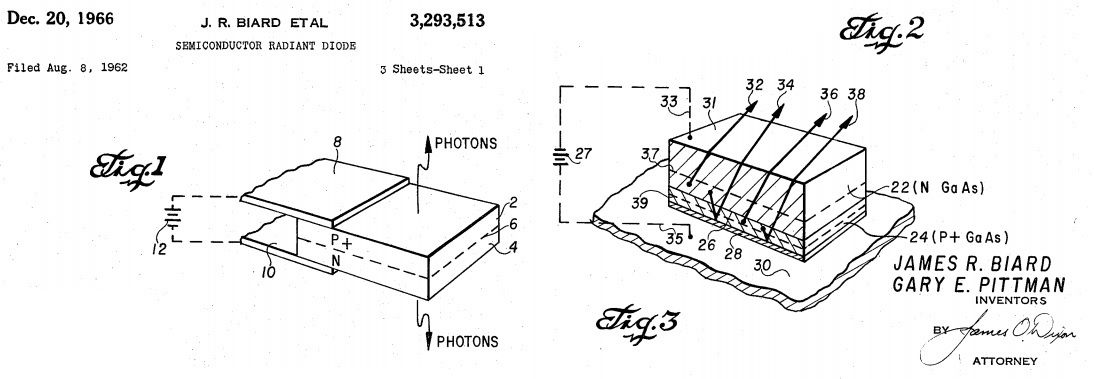
Patent GaAs infrared (IR) light-emitting diode (US Patent US3293513 ), the first practical use of the LED (LED).
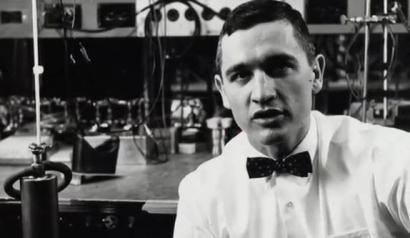 In 1962 , the first LED was developed in the visible region of the spectra (red). Nick Holonyak worked for General Electric.
In 1962 , the first LED was developed in the visible region of the spectra (red). Nick Holonyak worked for General Electric.
In addition to the invention of the LED, Nick Holonyak received 41 patents for other inventions. These include a red semiconductor laser, commonly called a laser diode (it is used in CD and DVD players and cell phones) and a pnpn key with a closed emitter (used in dimmers and power tools). He directly participated in the creation of the first dimmer company General Electric.
LEDs remained extremely expensive until 1968 (about $ 200 apiece)
In 1971 , Jacques Pankov from the RCA laboratory created the first blue LED.
1972 His former Holonyac student, George Craford, invented the world's first yellow LED and improved the brightness of red and red-orange LEDs 10 times.
In 1976 , T. Pirsol created the world's first high-performance, high-brightness LED for telecommunication applications, specially adapted for transmitting data via fiber-optic communication lines.
In 1993, Isam Akasaki, who worked with Hiroshi Amano at Nagoya University, and Shuji Nakamura, who worked at the time at the Japanese corporation Nichia Chemical Industries, were able to invent a cheap blue LED. For the discovery of a cheap blue LED, three of them were awarded the Nobel Prize in Physics in 2014 .

2006 The first light-emitting diodes with a light output of 100 lm / W are produced. This performance indicator is superior only to the discharge lamp.
Understanding with powerful lasers and stun guns, I could not get by with this one.

In fact, it is also the first flashlight in my hands with mechanized focusing (adjusted at the touch of a button).

2000 Lm, Lighting distance 500m (according to manufacturers).
Convenient charging allows you to recharge without pulling out the battery.
Cut




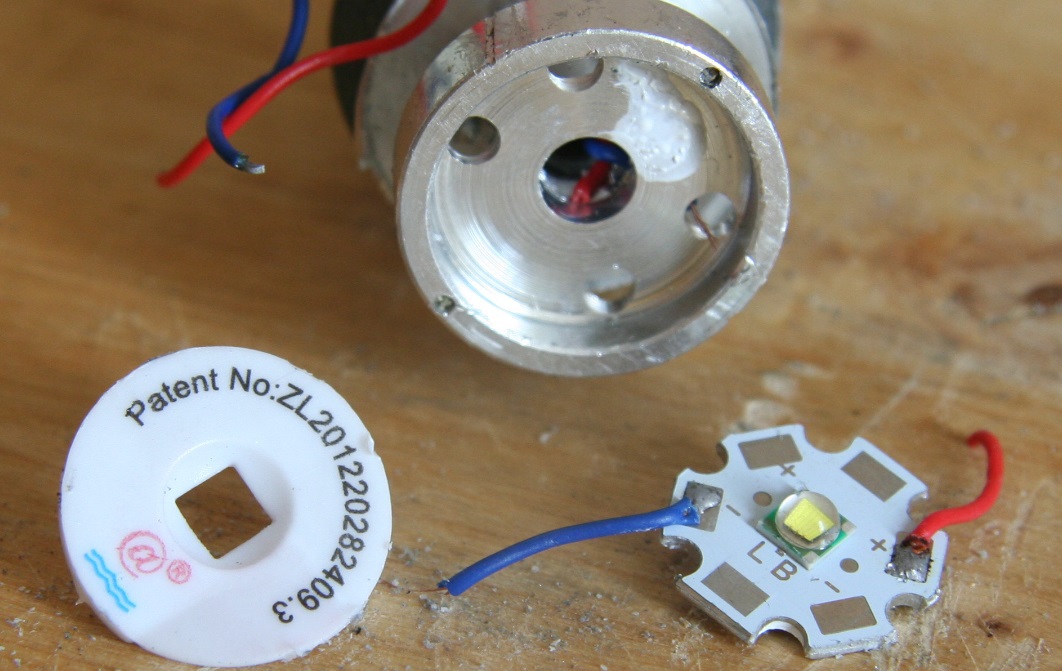

In the meantime, DIY-masters did just such a cool thing.

Oh, how I regret that at the lessons of work we unbeaten the old nails, and did not make such things.
In the video for 20 minutes, they tell you how to assemble a monster in a box (with a soft carrying handle).
The comrade who made this flashlight is that old school student. Who noticed the frame, where he compares his flashlight with an alien ship from the movie "Flight of the Navigator"?

PS

In 1899, the first hand flashlight was created (in a cardboard box), a DIY
Wired magazine in 2012 in an article devoted to the 50th anniversary of the creation of the LED, very much confused the facts and incorrectly pointed out "fatherhood". So who is the dad of the LEDs?
')
And while I collected the facts, I remembered my childhood and how we made our first engineering attempts. They usually happened after we watched a movie with Bruce Lee (Michael Dudikov or Cynthia Rothrock) in a video show for the Soviet ruble (which for some reason were always in the basements). Having bought the “Planet” battery for 30 kopecks and having unscrewed the light bulb from the parent flashlight, we proceeded to assembly. Buy a flashlight was not cool, it was cool to collect your
The history of LEDs, assembly instructions kilowatt lantern and traditional cut
First hand

In 1899 , David Myzell received a patent for a first cylindrical electric hand lamp. True, in order for the flashlight to work, the switch had to be held all the time with your thumb. In 1911, lanterns with a slide switch appeared. After a while, there was also a retaining slider button.
It's all about the battery.
In 1887 , Karl Gessner created the first portable electric battery where chemicals were located inside a zinc container. All these inventions were stages on the way to creating a flashlight.
My first
This is what we were content with in childhood:

It is strange that the network does not have pictures of the lamp assembly.
First led

Arc-AAA LED flashlight 2001
In 1999 , Lumileds Corporation introduced the Luxeon LED, a powerful white light emitter.
A brief history of LEDs with pictures
 In 1907 , Henry Round first discovered and described electroluminescence, which he discovered when studying the passage of current in a metal-silicon carbide pair (carborundum, SiC), and noted a yellow, green, and orange glow at the cathode.
In 1907 , Henry Round first discovered and described electroluminescence, which he discovered when studying the passage of current in a metal-silicon carbide pair (carborundum, SiC), and noted a yellow, green, and orange glow at the cathode.1927 These experiments were later, independently of the Round, repeated in 1923 by O. V. Losev , who, experimenting in the Nizhny Novgorod radio laboratory with a rectifying contact from a pair of carborundum - steel wire, found a weak glow at the point of contact of two dissimilar materials - the semiconductor junction ( At that time, the concept of "semiconductor transition" did not exist)
In 1961 , Robert Byard and Gary Pittman from Texas Instruments discovered and patented the technology of infrared LED based on gallium arsenide (an important semiconductor, the third largest in industrial use after silicon and germanium. It is also used in the production of solar panels .)


Patent GaAs infrared (IR) light-emitting diode (US Patent US3293513 ), the first practical use of the LED (LED).
 In 1962 , the first LED was developed in the visible region of the spectra (red). Nick Holonyak worked for General Electric.
In 1962 , the first LED was developed in the visible region of the spectra (red). Nick Holonyak worked for General Electric.In addition to the invention of the LED, Nick Holonyak received 41 patents for other inventions. These include a red semiconductor laser, commonly called a laser diode (it is used in CD and DVD players and cell phones) and a pnpn key with a closed emitter (used in dimmers and power tools). He directly participated in the creation of the first dimmer company General Electric.
LEDs remained extremely expensive until 1968 (about $ 200 apiece)
In 1971 , Jacques Pankov from the RCA laboratory created the first blue LED.
1972 His former Holonyac student, George Craford, invented the world's first yellow LED and improved the brightness of red and red-orange LEDs 10 times.
In 1976 , T. Pirsol created the world's first high-performance, high-brightness LED for telecommunication applications, specially adapted for transmitting data via fiber-optic communication lines.
In 1993, Isam Akasaki, who worked with Hiroshi Amano at Nagoya University, and Shuji Nakamura, who worked at the time at the Japanese corporation Nichia Chemical Industries, were able to invent a cheap blue LED. For the discovery of a cheap blue LED, three of them were awarded the Nobel Prize in Physics in 2014 .

2006 The first light-emitting diodes with a light output of 100 lm / W are produced. This performance indicator is superior only to the discharge lamp.
LED for 3000 rubles (our days)
Understanding with powerful lasers and stun guns, I could not get by with this one.

In fact, it is also the first flashlight in my hands with mechanized focusing (adjusted at the touch of a button).
Demo video

2000 Lm, Lighting distance 500m (according to manufacturers).
Convenient charging allows you to recharge without pulling out the battery.
Cut






In the meantime, DIY-masters did just such a cool thing.
Equivalent kilowatt lamp DIY lamp for £ 25

Oh, how I regret that at the lessons of work we unbeaten the old nails, and did not make such things.
In the video for 20 minutes, they tell you how to assemble a monster in a box (with a soft carrying handle).
By component
(with battery and cooler is more expensive)

$ 7
www.eachbuyer.com/100w-white-led-ic-high-power-outdoor-flood-light-lamp-bulb-beads-chip-diy-7500lm-p179290.html

Lenses and reflector: www.ebay.com/itm/371258089004?rmvSB=true

Voltage Amplifier:
www.ebay.com/itm/171151982059?rmvSB=true
www.amazon.com/gp/product/B008NKNHSG

High Capacity Battery: www.ebay.com/itm/261547565399?rmvSB=true

Cooler from the computer (Titan Fenrir)
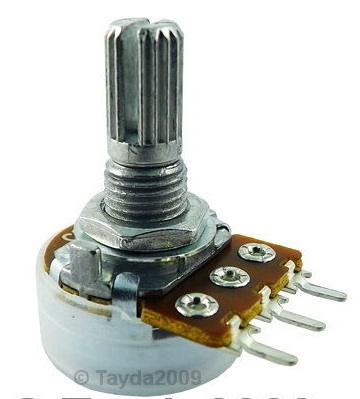
10 kΩ potentiometer
www.amazon.com/gp/product/B00I5H94D4
www.ebay.com/itm/250840408606?rmvSB=true

Hot melt glue
www.ebay.com/itm/350849343624?rmvSB=true
www.amazon.com/gp/product/B00KAOP4SY
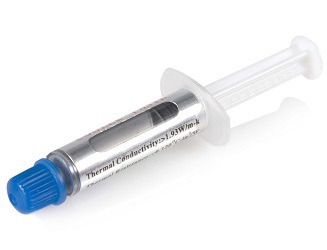
Thermal paste
www.ebay.com/itm/310499263017?rmvSB=true
www.amazon.com/gp/product/B00006B8DX
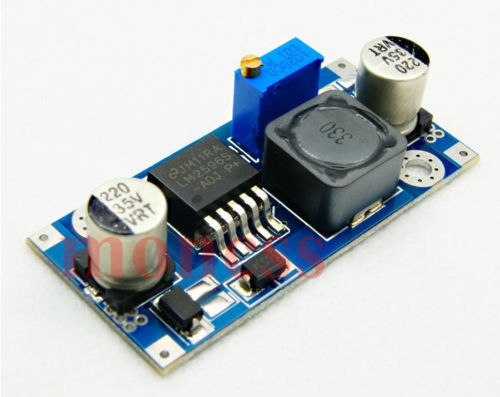
Voltage converter
www.ebay.com/itm/390977361680?rmvSB=true
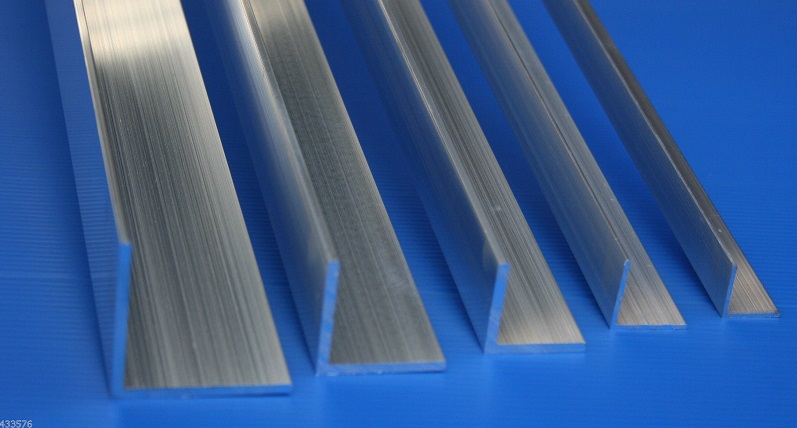
60 cm aluminum guides
www.ebay.co.uk/itm/360633556088?clk_rvr_id=841622640773&rmvSB=true

Connectors
www.eachbuyer.com/10-pairs-xt60-bullet-plugs-connectors-male-female-for-rc-battery-toys-p176684.html

$ 7
www.eachbuyer.com/100w-white-led-ic-high-power-outdoor-flood-light-lamp-bulb-beads-chip-diy-7500lm-p179290.html

Lenses and reflector: www.ebay.com/itm/371258089004?rmvSB=true

Voltage Amplifier:
www.ebay.com/itm/171151982059?rmvSB=true
www.amazon.com/gp/product/B008NKNHSG

High Capacity Battery: www.ebay.com/itm/261547565399?rmvSB=true

Cooler from the computer (Titan Fenrir)

10 kΩ potentiometer
www.amazon.com/gp/product/B00I5H94D4
www.ebay.com/itm/250840408606?rmvSB=true

Hot melt glue
www.ebay.com/itm/350849343624?rmvSB=true
www.amazon.com/gp/product/B00KAOP4SY

Thermal paste
www.ebay.com/itm/310499263017?rmvSB=true
www.amazon.com/gp/product/B00006B8DX

Voltage converter
www.ebay.com/itm/390977361680?rmvSB=true

60 cm aluminum guides
www.ebay.co.uk/itm/360633556088?clk_rvr_id=841622640773&rmvSB=true

Connectors
www.eachbuyer.com/10-pairs-xt60-bullet-plugs-connectors-male-female-for-rc-battery-toys-p176684.html
The comrade who made this flashlight is that old school student. Who noticed the frame, where he compares his flashlight with an alien ship from the movie "Flight of the Navigator"?

PS
My Most Used LED Flashlight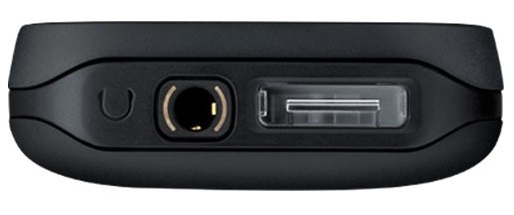

Source: https://habr.com/ru/post/258239/
All Articles